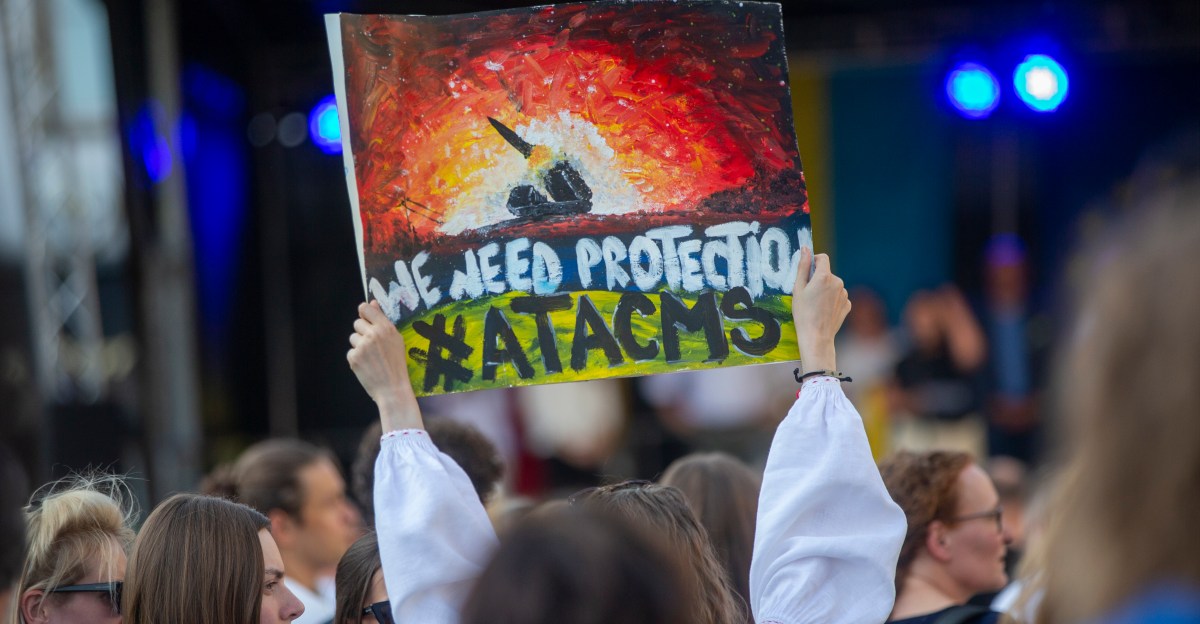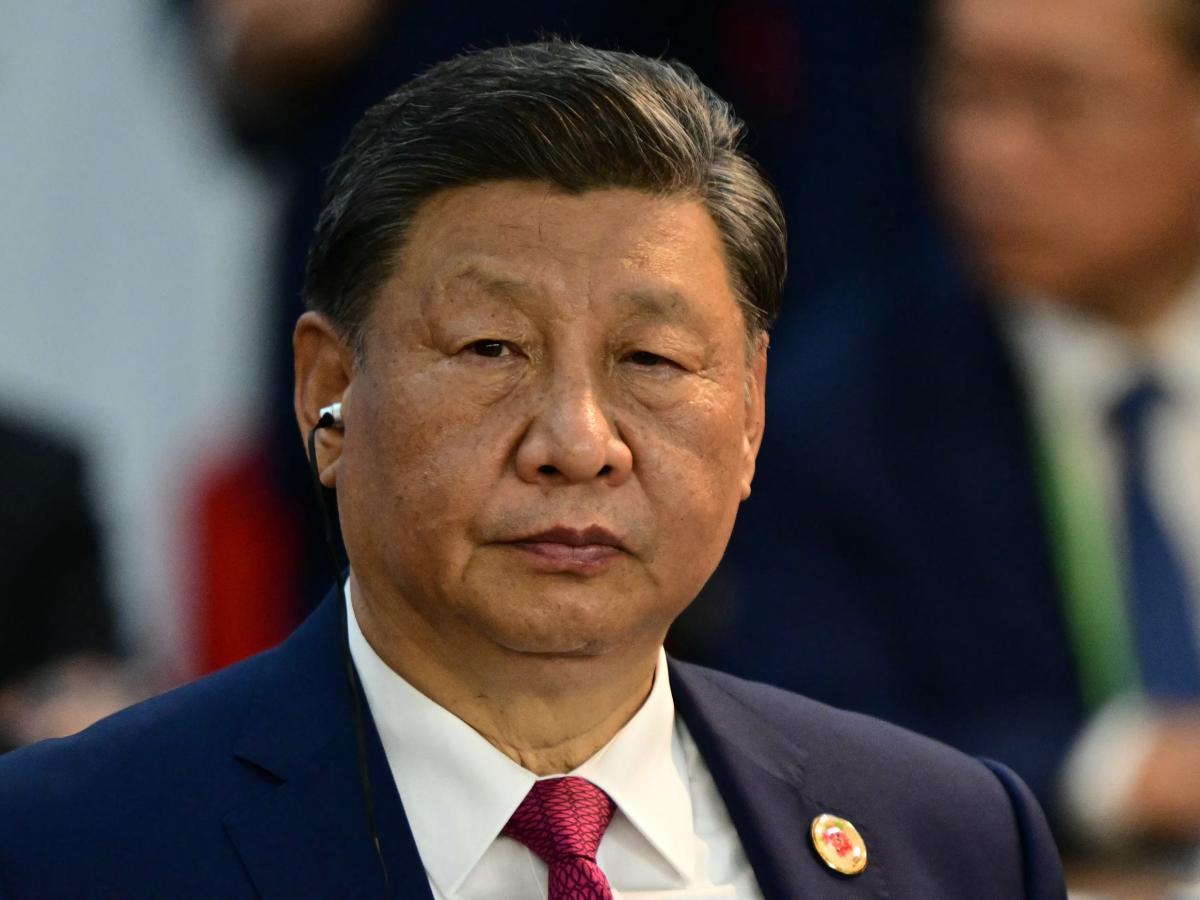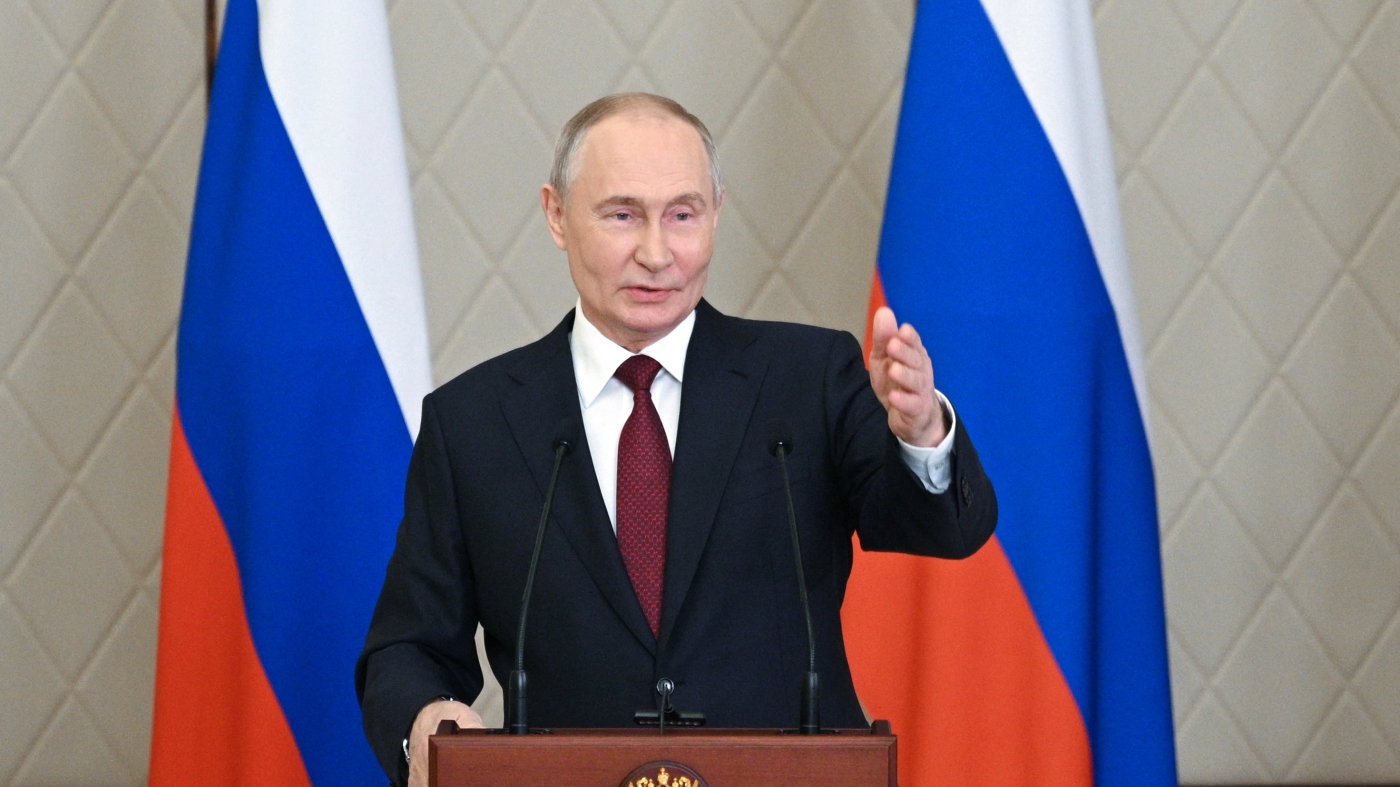Nearly three years into Russia’s full-scale invasion into Ukraine, the Biden administration gave Ukraine the green light to strike deeper into Russia using US-supplied longer-range missiles.
The Ukrainian military quickly put that permission to use: On Tuesday, it attacked a weapons depot about 70 miles from Ukraine’s border.
The US and NATO allies have hesitated to provide sophisticated weapons like the Army Tactical Missile System (ATACMS) that Ukraine used in that attack, fearing Russian retaliation against NATO sites — or even nuclear escalation.
Raising that specter on Tuesday, Russian President Vladimir Putin signed a new version of the country’s nuclear doctrine, which would theoretically make it easier for Russia to use nuclear weapons in this conflict. The new doctrine specifically allows for a nuclear strike in response to a strike with conventional weapons — like the longer-range missiles Ukraine now has permission to use — if those attacks involved the “participation or support of a nuclear power,” likely referring to the US and other NATO countries.
Throughout the war, Russian leaders have threatened to use the country’s nuclear weapons in the conflict if they believed they were necessary. That has led Ukraine’s allies to be cautious about the amount of aid they’ve offered, and has led to limits on what Ukrainian troops can do with those weapons.
Ukraine’s new ability to use longer range missiles to strike Russian territory — and Putin’s confirmation of new nuclear rules — have again raised the question: Could Russia’s war in Ukraine escalate into a nuclear conflict?
Throughout the war, experts have downplayed Russia’s appetite for nuclear conflict. But the rapid escalation of the conflict in recent weeks, and particularly Russia’s new nuclear doctrine, could mean that possibility is closer than before.
What are the chances that Ukraine’s new missile capabilities lead to nuclear escalation?
Since the beginning of Russia’s invasion into Ukraine, Putin and other officials have made statements, both explicit and oblique, that Russia might be pressed to use nuclear weapons. Most experts agree that the risk of Russia using such weapons is low, but it’s not negligible.
A previous version of the doctrine Russia updated on Tuesday said the country would tap into its nuclear arsenal only under four circumstances: receiving credible data of a ballistic missile attack; nuclear or other WMD attack against Russia or its allies; attacks on Russian nuclear infrastructure; or conventional weapons attacks that threaten “the very existence” of the Russian state. Under the new doctrine, Kremlin spokesperson Dmitry Peskov indicated attacks like Ukraine’s on Tuesday could trigger a nuclear response.
That change shouldn’t be taken as a response to Ukraine’s strike, however, Samuel Charap, distinguished chair in Russia and Eurasia policy and senior political scientist at the RAND Corporation, told Vox.
The new doctrine “has been in the works for a long time,” Charap said. “The timing may be tied to the attack of decision, but the substance has been brewing for a while.”
Putin and other officials have not, it seems, made major preparations to actually use nuclear weapons. However as the war continues, Putin and his officials’ threats have become clearer and have involved actually demonstrating nuclear capacity. As recently as July, Russia and Belarus held joint military exercises that demonstrated Russia’s tactical nuclear capabilities.
Initially, the US and NATO responded to Russia’s threats with caution, denying Ukraine weapons or placing restrictions on their use. But over the past three years, as little has come of Putin’s threats of nuclear war and of war with NATO, Western countries have given Ukraine access to increasingly sophisticated weapons systems.
Besides the risk of nuclear war, Ukraine’s allies have had to balance concerns that they might be more directly drawn into the conflict. Though Ukraine is not a member of the NATO military alliance, Putin has previously warned that permission to use longer-range missiles (like those used Tuesday) inside Russia would be considered a NATO attack on Russia.
US officials speaking to the Associated Press said they had anticipated a response from Russia, but that Russian officials’ warnings were viewed as inflammatory rhetoric, and would not provoke any change in US action. That suggests the US does not believe there’s much danger in Russia using its nuclear capabilities in the near term.
Russia “never explicitly, on the official level, warned that they would use nuclear weapons in response to X, Y, or Z,” Charap said. “The only explicit red line that they’ve ever drawn was on the use of long range, US [or] Western weapons to strike into Russia that has now been crossed. So I can imagine people will expect their response, and it will not just be with words.”
After 1,000 days of the war, the conflict appears to be approaching an impasse. There’s no clear path to decisive victory for either side. Each side is deploying new tactics to try to gain an advantage: Ukraine with longer range missiles; Russia with recruits from North Korea. And now, Russia and the US seem to be simply responding to each others’ escalations: Russia put North Korean troops on the battlefield, the US responded by authorizing the use of longer range missiles, and Russia released its new nuclear posture. That sort of behavior is both reckless and dangerous, Charap said.
“You are in a spiral that is the definition of a tit-for-tat dynamic, where your actions are driven not by your goals, but by countering what the other guy is doing,” Charap said. “That only goes in one direction — continuing to up the ante. The spiral dynamic just continues until somebody gets out of control or somebody decides to stop it.”


